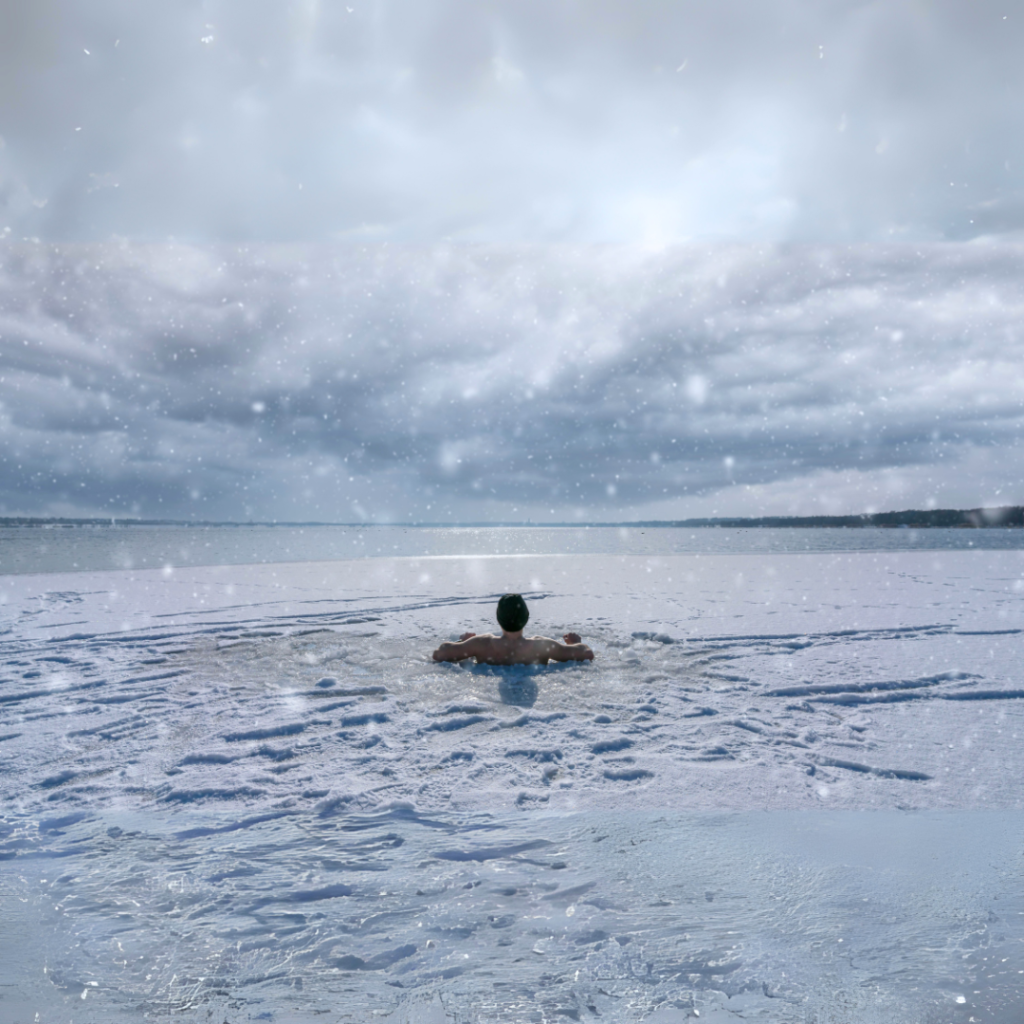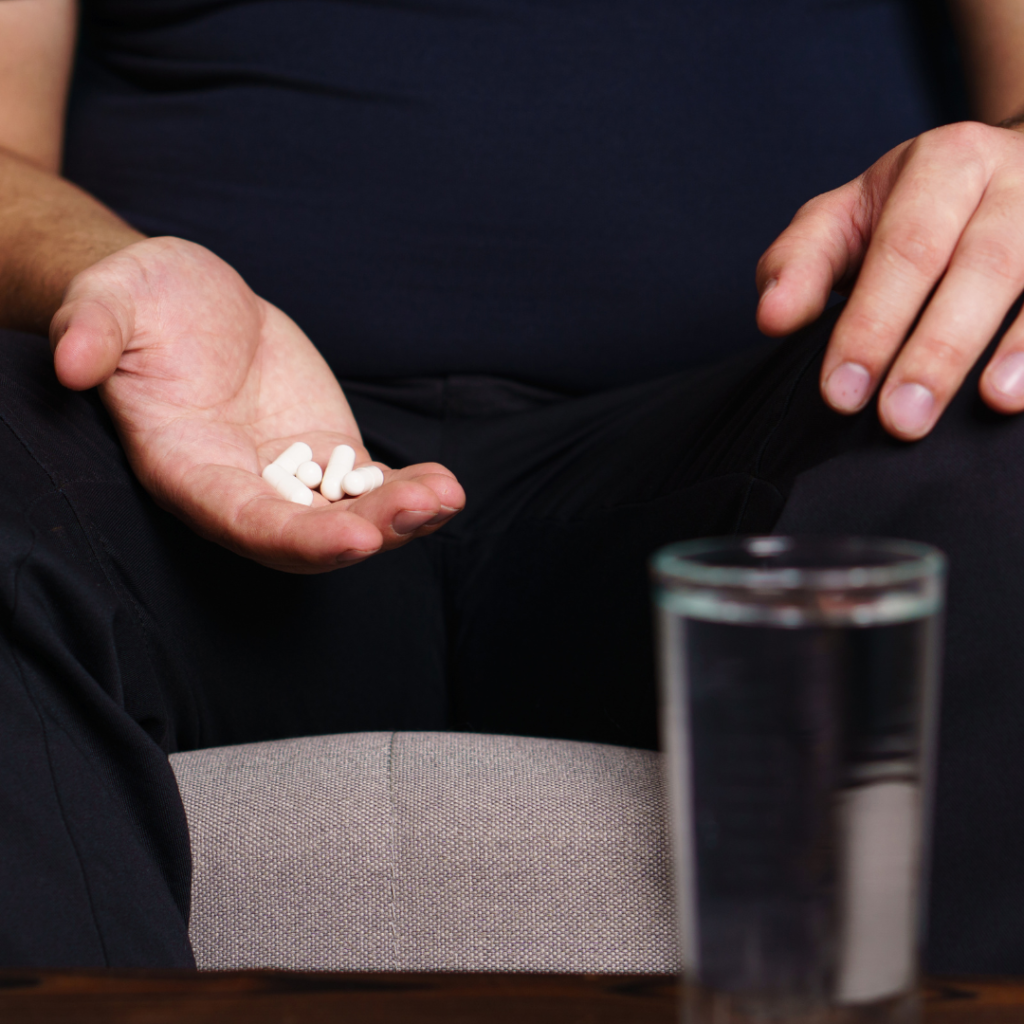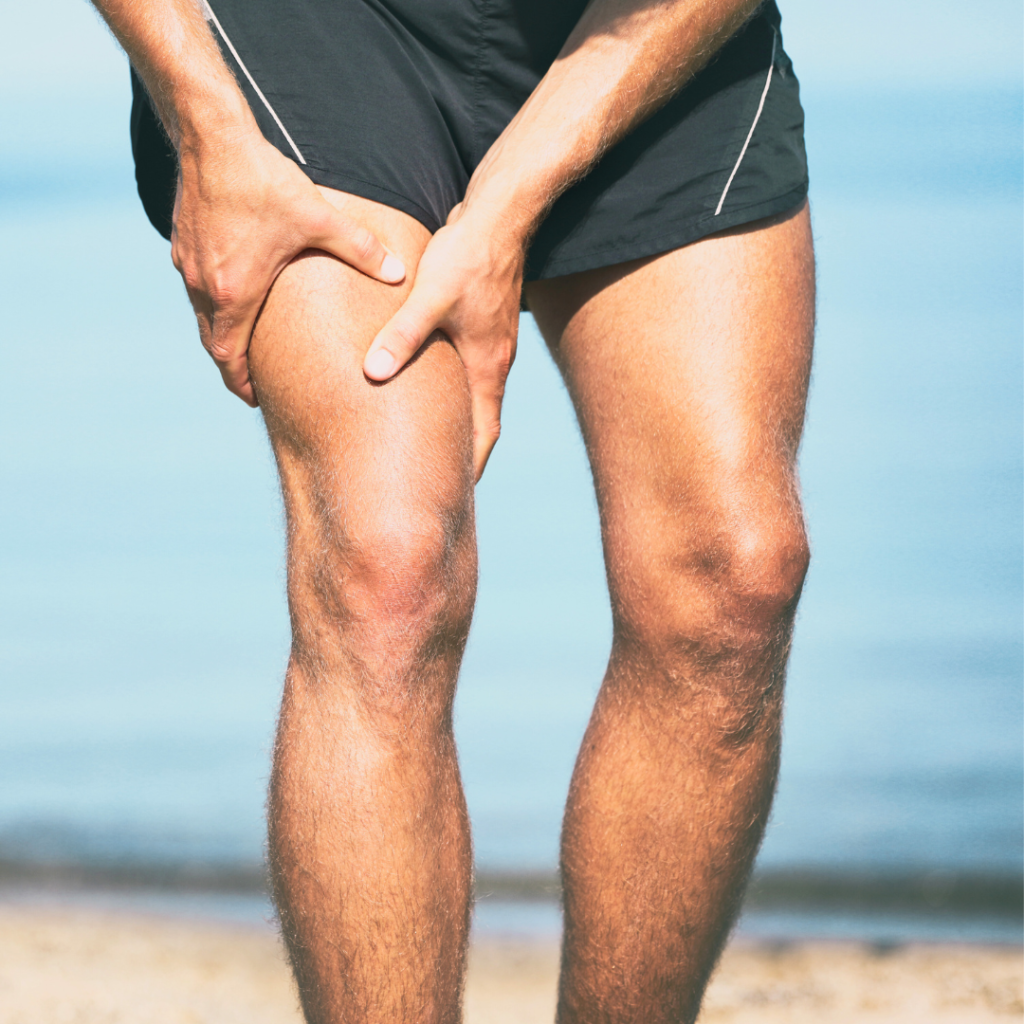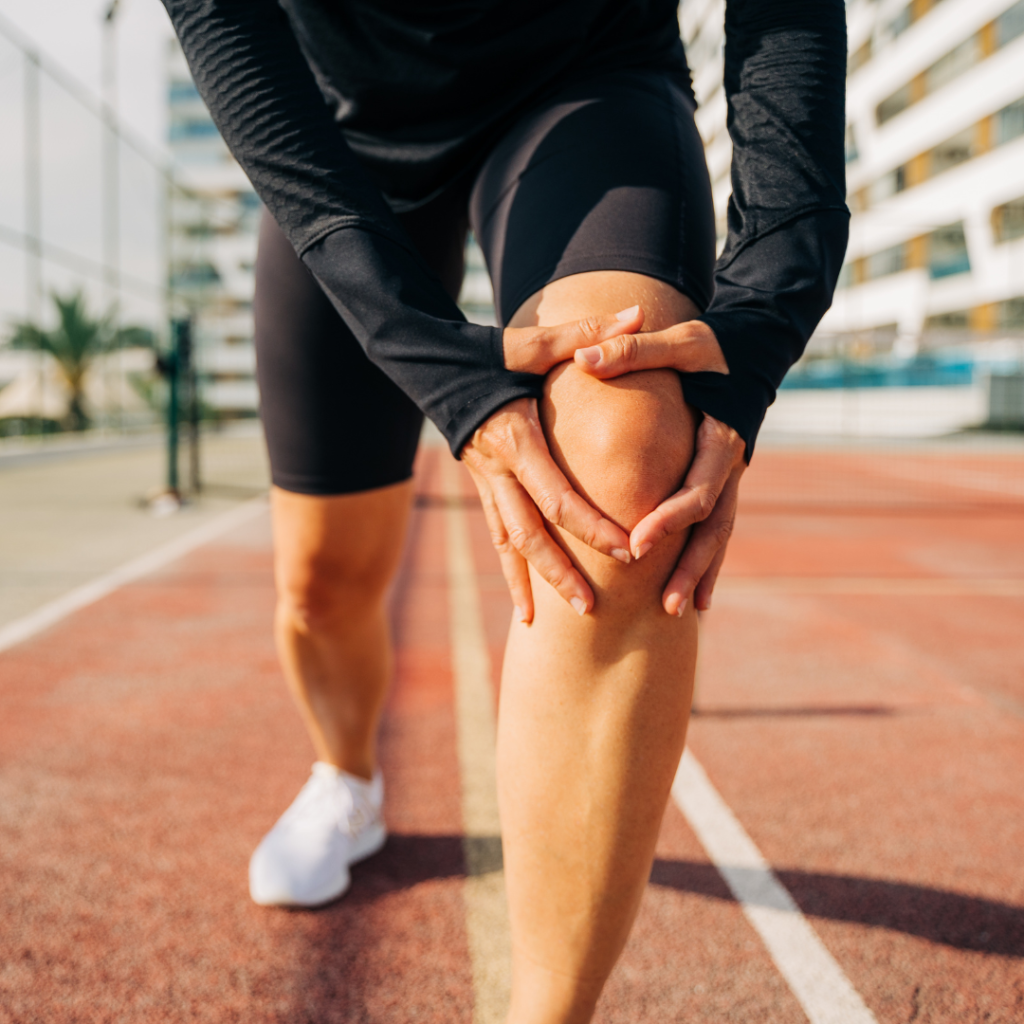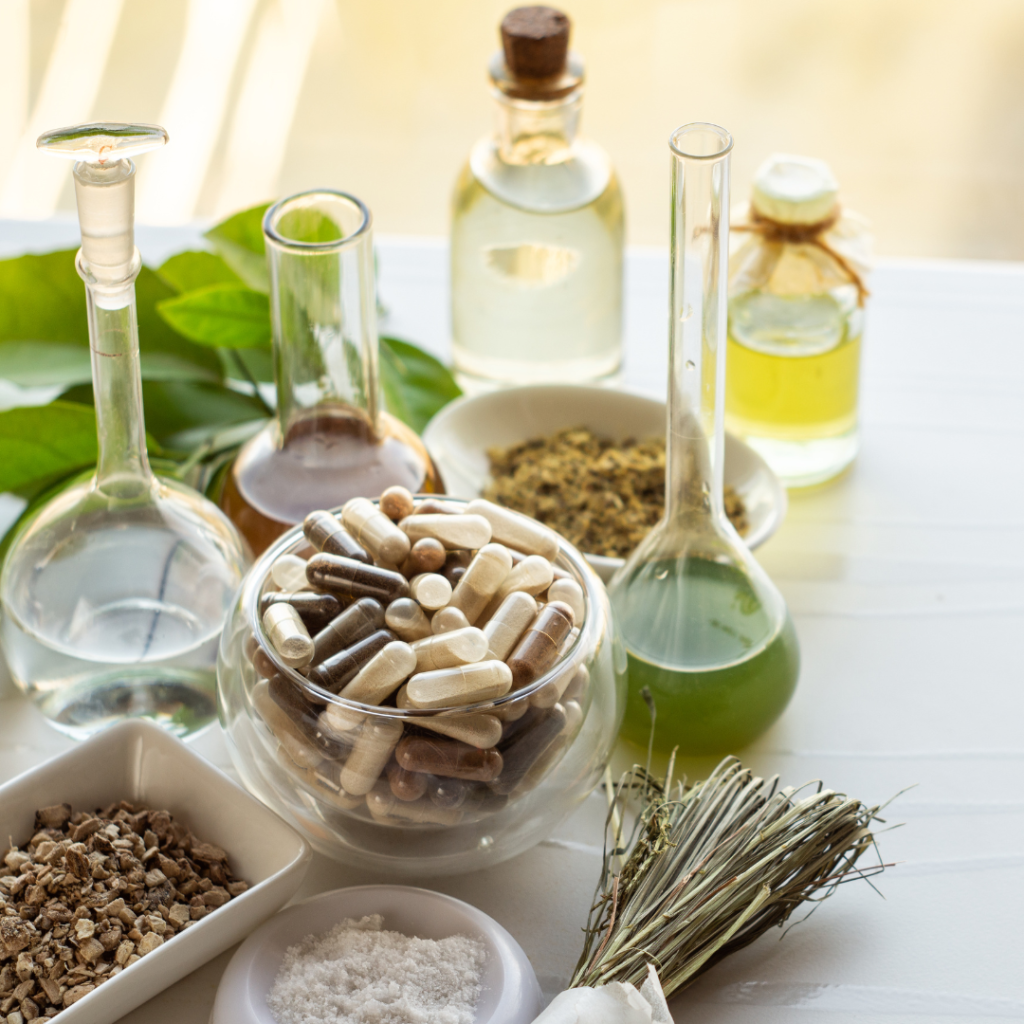In the realm of wellness and health, trends often captivate, fade, and are replaced by the next big thing. However, occasionally, an age-old practice resurfaces, reminding us of its enduring power and benefits. Enter the ‘Cold Plunge’ – an ancient ritual, now backed by modern science, that has athletes, health enthusiasts, and even the everyday individual dipping into chilly waters. But why would someone willingly submerge into ice-cold water? The answer lies in the body’s intricate response to extreme cold and its potential effects on inflammation.
Inflammation, the body’s natural defense mechanism against injuries and infections, can sometimes become a persistent, silent adversary when it overstays its welcome. Chronic inflammation has been linked to a myriad of health issues, from joint pain to more serious conditions. In our search for relief, the cold plunge emerges as a fascinating, natural method to potentially combat this. Immersing oneself in cold water might sound daunting, but it triggers a series of reactions in the body that could help reduce inflammation and promote overall well-being.
As we delve deeper into the chilling waters of the cold plunge, let’s uncover its icy secrets, understand the science behind it, and explore how this ancient practice is making a splash in contemporary wellness circles as a potential remedy for inflammation.
What is a Cold Plunge?
At first mention, “cold plunge” might bring to mind the bracing experience of stepping into ice-chilled waters. Yet, behind this simple act lies a deep-seated tradition with roots stretching back centuries across various cultures. A cold plunge involves immersing oneself in cold water, typically following exposure to a heated environment like a sauna or steam room. This juxtaposition of hot and cold, more than a mere sensory contrast, has been an integral component in many traditional health and wellness routines.
Historically, many cultures have embraced practices that bear a resemblance to the cold plunge. The Nordic regions, for instance, have a long-standing custom of ice-hole swimming during their coldest months. Meanwhile, in Japan, the practice of “misogi” entails standing beneath cold waterfalls in a ritual believed to purify both body and spirit.
In the contemporary wellness landscape, the cold plunge has found its place in modern spa facilities and wellness centers. These establishments often feature designated cold plunge pools, designed for quick transitions from hot to cold environments. The principle is grounded in the body’s physiological response to cold exposure. When subjected to cold temperatures, blood vessels constrict, redirecting blood flow away from the skin and extremities and towards the core, enhancing overall circulation.
Today’s cold plunge is not just a nod to age-old traditions but also an integration of these practices into our modern pursuit of well-being. It’s a deliberate step, albeit a chilly one, into a space that marries history with contemporary health practices, without the bells and whistles of benefits and claims.
What are the Benefits of a Cold Plunge?
For the uninitiated, the idea of willingly submerging oneself in icy water might seem like an exercise in discomfort. Yet, those who regularly partake in cold plunges will attest to the myriad of benefits that this practice brings to both mind and body. While the initial shock might be intense, the aftermath often brings a sense of rejuvenation and vitality. Let’s explore some of the standout benefits of the cold plunge:
- Enhanced Circulation: When you immerse yourself in cold water, your body naturally redirects blood flow to vital organs. This constriction of peripheral blood vessels and dilation of the blood vessels in the core acts as a kind of vascular
exercise, boosting overall circulation. Over time, this can lead to improved cardiovascular health. - Muscle Recovery: Athletes, particularly, are keen on cold plunges post-workout. The cold water helps reduce muscle inflammation and soreness after intense
physical activity. It’s a natural way to accelerate recovery and reduce downtime. - Mental Alertness: That instantaneous jolt you feel when entering cold water? It’s not just physical. Cold plunges can sharpen the mind, heighten awareness, and increase mental clarity. It’s a quick way to feel more awake and alert, making it an invigorating start to the day for some.
- Mood Elevation: Cold water immersion has been shown to stimulate the
production of endorphins, the body’s natural “feel-good” chemicals. This can lead to mood elevation, reducing feelings of stress and anxiety. - Immune System Boost: Some studies suggest that regular exposure to cold water can enhance the immune system. The theory is that the body becomes more efficient at mobilizing its defenses with frequent cold exposure.
- Improved Skin and Hair Health: Cold water is effective in tightening pores, making the skin look smoother and less prone to impurities. Additionally, it can make hair appear shinier and healthier by flattening hair follicles.
In essence, the cold plunge is more than just a test of resilience; it’s a practice steeped in tangible benefits that cater to holistic well-being. Embracing the chill might just be the key to unlocking a host of health and wellness rewards.
How to Cold Plunge today!
In today’s fast-paced world, the quest for rejuvenation and wellness often leads us down paths of modern innovation. However, sometimes, ancient practices, such as cold plunging, have just the timeless wisdom we seek. While the cold plunge might have roots in ancient rituals, adapting it to contemporary life is simpler than you might think. Here’s how to seamlessly integrate this therapeutic practice into your modern routine:
- Finding the Right Spot: Today’s urban landscape might not be dotted with natural icy ponds, but that doesn’t mean you’re out of options. Many wellness centers, spas, and even some gyms now offer cold plunge pools as part of their amenities. For those looking to make it a regular practice, investing in a home cold plunge tub, which comes with regulated temperature controls, can be worth considering.
- Start Gradual: If you’re new to the cold plunge, begin with shorter durations and slowly work your way up. Start with one to two minutes, gradually increasing the
duration as your body becomes more accustomed to the cold. - Ideal Temperature: For a therapeutic cold plunge, the water temperature should ideally be between 50°F to 59°F (10°C to 15°C). This range provides the benefits of cold immersion without extreme discomfort. Remember, the goal isn’t to induce hypothermia but to tap into the therapeutic effects of cold exposure.
Safety First: It’s essential to ensure you’re in good health before attempting a cold plunge. If you have heart issues or other medical conditions, consult your doctor. Also, never plunge alone; always have someone nearby, especially during your initial sessions.
Post-Plunge Protocol: After emerging from the cold water, it’s recommended to warm up gradually. Avoid jumping into a hot shower immediately; instead, wrap yourself in a warm towel or robe and allow your body to return to its regular temperature naturally.
When to avoid plunging
Cold plunging, an ancient practice adopted by many for its range of health benefits, is not universally suitable. Despite its popularity, it’s essential to recognize that not everyone can safely indulge in this rejuvenating ritual. For some individuals, abrupt exposure to cold water can lead to adverse health reactions. Let’s delve into who should tread cautiously or avoid cold plunging entirely:
- Heart Conditions: Individuals with heart problems or cardiovascular issues should avoid cold plunges. The sudden cold can increase blood pressure and heart rate, potentially inducing a cardiac event in those with pre-existing conditions.
- Raynaud’s Disease: Those with Raynaud’s Disease, a condition where certain parts of the body, like fingers and toes, feel numb and cold in response to low
temperatures or stress, should avoid cold plunging. The practice can exacerbate symptoms and lead to severe discomfort. Respiratory Issues: Cold immersion can cause an involuntary gasp reflex and hyperventilation. For individuals with asthma or other respiratory conditions, this could complicate their ability to breathe and potentially lead to respiratory
distress.Pregnant Women: Pregnant women are generally advised to avoid extremes in temperature, whether it’s a sauna, hot tub, or cold plunge. Dramatic shifts in body temperature can be harmful to the fetus and might also lead to dizziness or fainting spells in the mother.
Neuropathy Patients: Those with reduced sensation in their limbs, often due to conditions like diabetes, might not feel the intense cold immediately. This lack of sensation could lead to prolonged exposure and potential harm.
Recent Injuries: While cold therapy can be beneficial for certain injuries, if you’ve
recently sustained a significant injury, consult a medical professional before attempting a cold plunge. The intense cold might exacerbate certain conditions or interfere with the healing process.Mental Health Considerations: For individuals with certain mental health conditions, the shock of cold water might lead to heightened anxiety or panic reactions. It’s essential to consider one’s mental well-being and comfort level before attempting such therapies.
It’s always recommended to consult with a healthcare professional before diving into cold plunge therapy. While many advocate its benefits, individual health histories and conditions play a pivotal role in determining its suitability. Making informed decisions ensures you prioritize safety above all.
In Conclusion
In our journey through the icy waters of cold plunging, we’ve delved into its ancient origins, explored its myriad benefits, and recognized its modern-day implications. The allure of cold immersion, with its promise of rejuvenated spirits and revitalized bodies, undeniably captures the essence of holistic well-being. Yet, like any potent ritual, it beckons us to approach with respect, mindfulness, and an understanding of our unique physical constitution.
In today’s fast-paced world, where the stressors of daily life can take a toll on our mental and physical health, practices like cold plunging offer a brief, invigorating respite. It’s a dance of fire and ice—where the initial shock of cold gives way to warmth and clarity, a sensation of being vividly, undeniably alive.
Yet, the transformative potential of cold plunging isn’t just in the immediate thrill, but in the enduring afterglow—the lingering sense of calm, the enhanced resilience, and the deeper connection to our body’s innate rhythms. It reminds us that sometimes, stepping out of our comfort zone, quite literally into chilly depths, can lead to the most profound discoveries.
In embracing cold plunging, we’re not just adopting a wellness trend, but joining a timeless tribe of seekers, spanning cultures and epochs, who have turned to nature’s elements for healing, invigoration, and introspection. As you consider adding this practice to your wellness repertoire, remember to listen to your body, understand its limits, and embark on this cold journey with an open heart and a curious spirit. Here’s to the chill that kindles warmth, and the plunge that lifts us higher!

